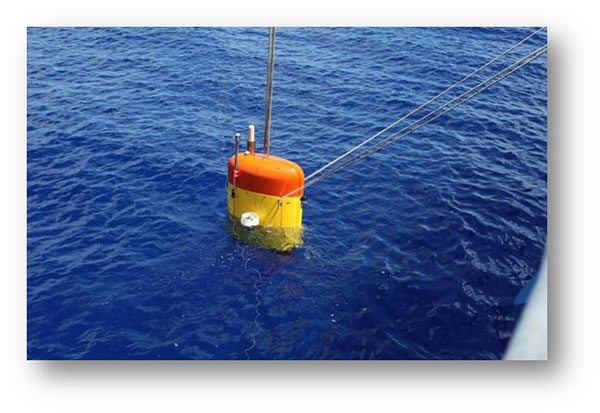Nitrogen experiment among breakthroughs
Updated: 2016-08-24 07:48
By Zhao Xinying(China Daily)
|
||||||||
The voyage taken by the research ship Tan Suo Yi Hao to the Marianas Trench from late June until Aug 12 made a series of breakthroughs in deep-sea scientific exploration, both domestically and internationally, according to scientists from the Chinese Academy of Sciences.
The breakthroughs include a successful nitrogen cycle experiment conducted by the Yuanwei Shiyan ("on-site experiment") deep-sea elevator, a research device that is lowered with an anchor and was developed by the Institute of Deep-Sea Science and Engineering of CAS.
"It made history among similar devices internationally," said Liu Xincheng, the CAS scientist who headed the expedition.
According to Liu, the Tianya deep-sea lander, another device taken on the voyage, also made history. It collected deep-sea water samples of more than 100 liters for the first time-more than counterparts from other countries.
During the voyage, China's unmanned submersible, the Haidou, dived for the first time to a depth of more than 10,000 meters, reaching 10,767 meters.
Jiaolong, China's manned submersible, reached a depth of 7,062 meters in the Marianas Trench in June 2012.
Bai Chunli, president of CAS, said the breakthroughs are part of China's exploration of the sea at a depth of 10,000 meters, which is among the key projects of the country's 13th Five Year Plan (2016-20).
Most Viewed
Editor's Picks

|

|

|

|

|

|
Today's Top News
Trump outlines anti-terror plan, proposing extreme vetting for immigrants
Phelps puts spotlight on cupping
US launches airstrikes against IS targets in Libya's Sirte
Ministry slams US-Korean THAAD deployment
Two police officers shot at protest in Dallas
Abe's blame game reveals his policies failing to get results
Ending wildlife trafficking must be policy priority in Asia
Effects of supply-side reform take time to be seen
US Weekly

|

|
















